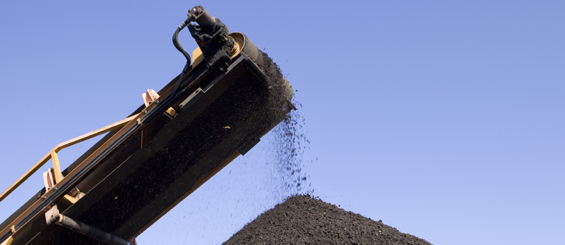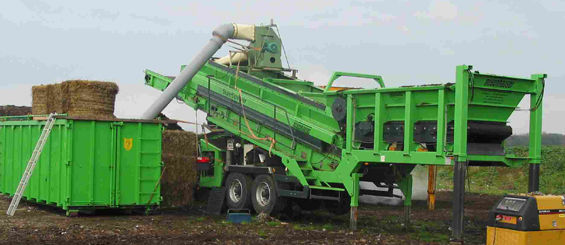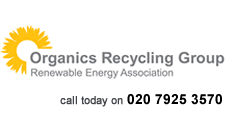Adverts
The ORG of REA releases a new version of its input specification template for LA collected garden and co-mingled garden/food wastes
The Organics Recycling Group of REA has released today a revised version of its input specification schedule template that enables composters and their suppliers to define a standard for the quality and types of input materials delivered to their composting sites. Two versions of the template have been developed:
1) one for Local Authority collected GARDEN WASTE ONLY; and
2) another one for Local Authority collected FOOD & GARDEN WASTES.
Prior to publishing the new templates, the ORG sought feedback from its composting members as well as NAWDO (National Association of Waste Disposal Officers) and LARAC.
These templates (or similar ones) should be used by local authorities, composters, and any procurement bodies when:
1. issuing new contracts, or revising existing contracts for the collection, delivery and/or composting of source-segregated garden wastes or co-mingled food and garden wastes; and
2. issuing tender invitation documents aimed at procuring collection, delivery and/or composting services of source-segregated garden wastes or co-mingled food and garden wastes.
The templates provide guidance on how the input materials delivered to the composting facility shall be compared to the input quality standard and defines the actions to be taken if it is established that the material does not meet the required standard.These versions can be adapted to include any other biodegradable wastes that are allowed under contractual arrangements between the composters and their waste suppliers and any other required incidental contaminants and/or non-target material.
Although large waste management companies may be using similar forms already, smaller operators may be not. Feedback from members highlighted that there is currently little clarity and consistency on what information should be included in tenders and contracts in terms of feedstock quality and types. Contracts and tenders do often not specify maximum acceptance criteria for physical contaminants or, if they do, they tend to refer to a âÂÂ5% maximum levelâÂÂ, which is often inadequate given the PAS 100 current stringent limit for physical contaminants and plastics (especially when process losses are taken into account). In addition, it is not uncommon to find contracts that set a maximum 5%, with no reference to whether this fraction is expressed on a volume or a weight basis.
The ORG would like to thank Gurbaksh Badhan from Buckinghamshire County Council, whose feedback was extremely important to understand NAWDO and local governmentâÂÂs views on this subject. We would also like to thank our members MEC Recycling, Viridor, SITA, Envar and Novamont for the constructive feedback provided, which informed the contents of these templates.
If you need any clarification or you wish to provide any feedback, please contact Kiara (07717294793, kiara@r-e-a.net).
visitor comments
Members' Area
Become a Member!
Join the Organics Recycling Group at the Renewable Energy Association by clicking below.
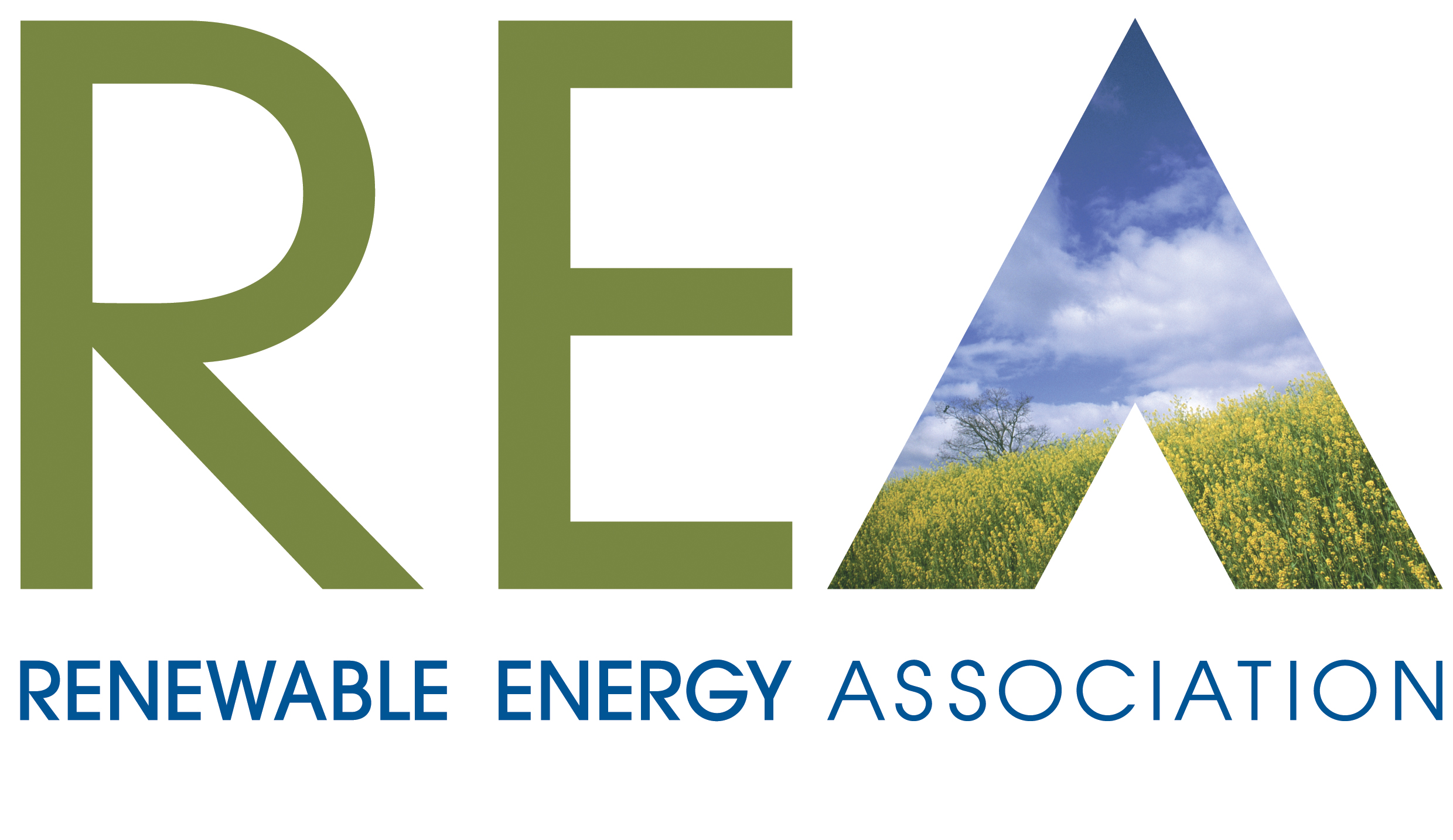

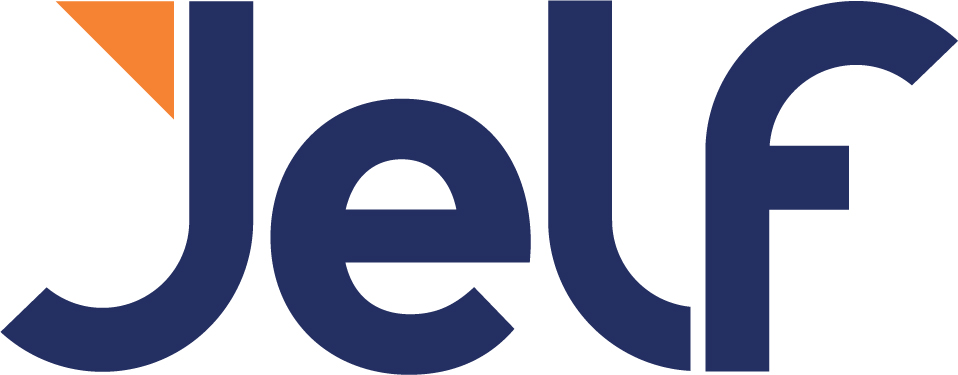

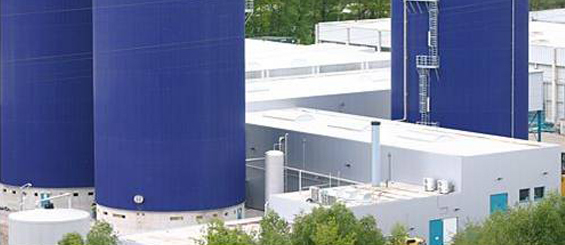
.jpg)
